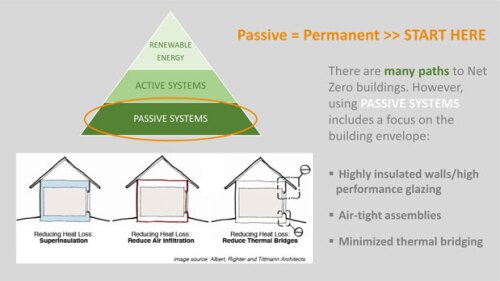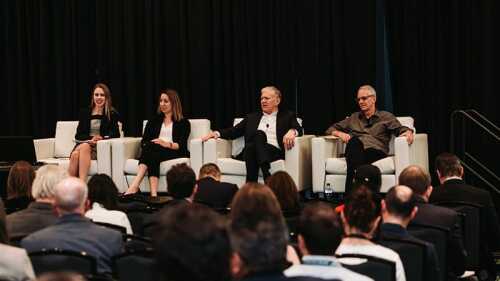Charlotte, North Carolina, the host city for ULI’s Spring Conference, May 8 to 10, is a case study in how urban areas must adapt if they are to continue to thrive as conditions change around them. Cotton mills sprouted around Charlotte during the second half of the 1800s, supporting the area’s economy through 1975, when the last active mill closed, according to a history by Dan L. Morrill for the Charlotte-Mecklenburg Historic Landmarks Commission. As the mills were fading away, banking was becoming the city’s hallmark industry. Today, as the headquarters city for Bank of America and the hub of East Coast operations for Wells Fargo, Charlotte is second only to New York City as the nation’s banking capital.
But even with a solid banking foundation, Charlotte continues to evolve. Duke Energy, which is poised to become the nation’s largest utility, calls the city home, and it is partnering with other city leaders to meet the future head-on. As you’ll see in this issue, the Envision Charlotte program is a put-your-money-where-your-mouth-is drive to measure—and reduce—the use of energy and other resources in the city’s urban core. We can expect the techniques being developed in Charlotte to migrate to other urban areas before long. Charlotte also happens to be home to one of my favorite energy-conservation tools—the old-fashioned white rocking chairs that make a layover at Charlotte Douglas International Airport an invitation to stop and set a spell.
Half a world away, change is evident on a grand scale in China’s housing market. This issue of Urban Land offers a fascinating explanation of how that country is adapting to rapid growth in its cities and how the recent housing bubble there may end differently than it did in the West. Also, China’s rapid urbanization is unsettling a centuries-old Chinese tradition of multiple generations living together. As you’ll see in this issue, one result of workers migrating to the cities for work, as well as of the demographic effects of the nation’s one-child policy, is that China’s seniors are increasingly in need of dedicated housing—a growth industry in the new China. Sustainable urban growth will be addressed in-depth during the ULI Asia Pacific Real Estate Summit in Beijing, May 16 to 18. I will attend the event (a new program from ULI Asia Pacific) and will report on it in the next issue.
One final note about change and cities: during his keynote speech at the National Building Museum’s gala presenting its Honor Award to ULI, Steve Case, cofounder of America Online, challenged ULI members to anticipate how technology will change our urban areas. Not long ago, America Online was the first on-ramp to the information superhighway for most nontechnical people. (Do you remember when we used metaphors like information superhighway to explain the internet and on-ramp to describe an internet service provider?) Case has since turned his attention to finding and investing in businesses that exploit internet technology to create entirely new business models. One example is the Zipcar service that allows residents of pricey, traffic-choked cities to live without the expense of owning an automobile. They can use their mobile phone to find an available Zipcar and grab it for the occasional drive to the countryside or suburban warehouse store. They pay only for the time they use the vehicle and leave the headaches of ownership to someone else. That sort of innovation is already reshaping our cities, and we can expect it to accelerate.
Perhaps it won’t be long until automobile dealerships become as outmoded as the dial-up modem. Will we quit driving to work entirely? Will cities be known for their amenities and recreation more than for their industries? It will be interesting to see how our urban areas change in reaction to technological advances that often seem subtle at first, but which lay the groundwork for social transformation.




